Location
385 to 416 of 941 results
-
Noardburgum
Noardburgum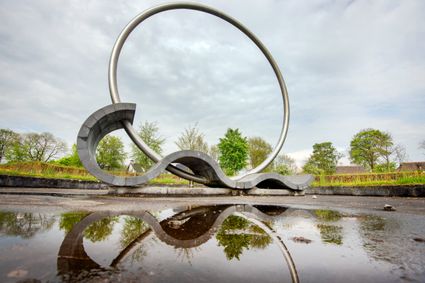 Noardburgum
Noardburgum -
Buwepleats - tweepersoonsappartement
Buwepleats - tweepersoonsappartement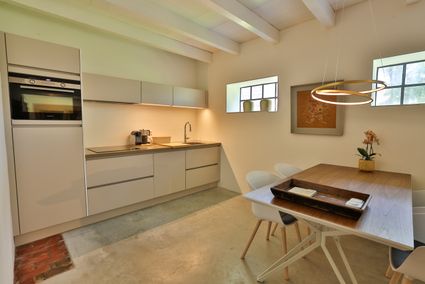 Drogeham
Drogeham -
Zeilcharter Willem Jacob
Zeilcharter Willem Jacob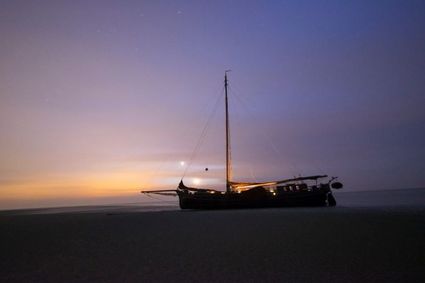 Groningen
Groningen -
Sense of Place: Waiting for high tide
Sense of Place: Waiting for high tide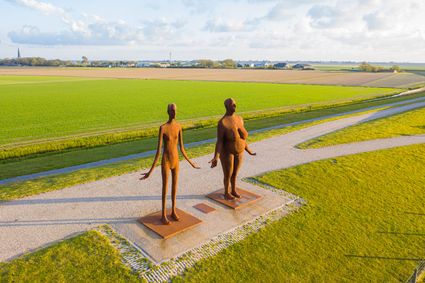 Holwerd
Holwerd -
Zwemcentrum Kollum
Zwemcentrum Kollum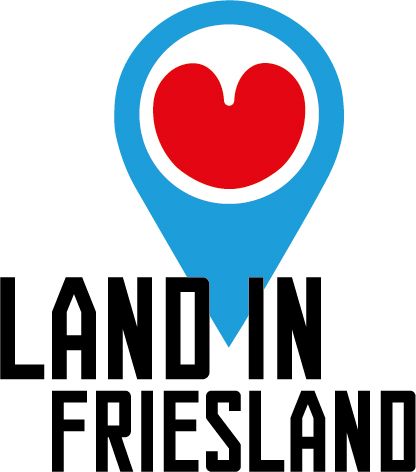 Kollum
Kollum -
Logement de 12e stad
Logement de 12e stad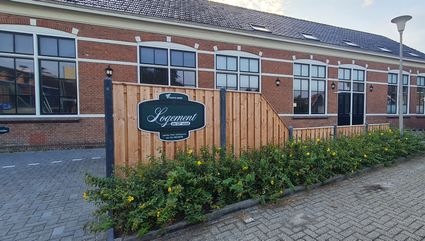 Berlikum
Berlikum -
Hotel Restaurant Princenhof
Hotel Restaurant Princenhof Earnewâld
Earnewâld -
Bootsma’s Poel Hiking Trail
Bootsma’s Poel Hiking Trail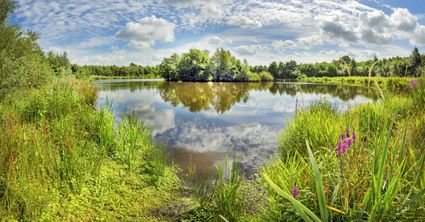 Twijzel
Twijzel -
Hervormde Kerk Westergeest
Hervormde Kerk Westergeest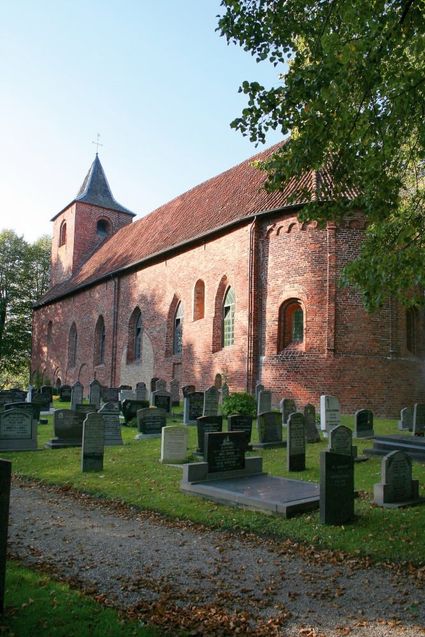 Westergeest
Westergeest -
Burgum - Soestpolder - Vogelkijkhut
Burgum - Soestpolder - Vogelkijkhut Burgum
Burgum -
Sparkberry
Sparkberry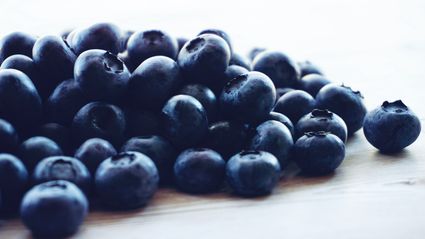 Burgum
Burgum -
The liberation of Friesland 1
The liberation of Friesland 1
In early April, it became clear that the liberation of Friesland was imminent. Although the province had not suffered a real Hunger Winter like other parts of the Netherlands, there were severe shortages of just about everything. And the terror of the occupying forces was growing. This also led to increased resistance against the occupying forces. The battle between the two was tougher than ever in early 1945.
In Friesland, assault groups known as Knokploegen (KP) were responsible for most acts of resistance. But there were other groups too. On the orders of the Dutch government in London, all these groups were merged into the Dutch Domestic Armed Forces (NBS). In Friesland, this happened on 12 December 1944.
The NBS, popularly referred to as the BS, gave the armed resistance an organisation with a clear structure. The NBS was also supposed to play a role in the upcoming liberation. To this end, resistance groups were provided with weapons from autumn 1944. These were dropped from the air.
On 8 April, Radio Orange broadcast the message "The bottle is empty." This was the signal for the NBS to start carrying out sabotage operations 36 hours later. The aim was to make it as difficult as possible for the Germans to defend themselves against the approaching Allied forces.
The resistance did this by putting bridges and railways out of order, blocking waterways and blocking roads. The response of the occupying forces was ruthless. In retaliation, dozens more prisoners were shot at different times and places.Once the Canadians entered Friesland on 12 April, they were supported extremely effectively by the Frisian resistance. Because it was superbly organised, they were able to help the Canadians take control of important bridges, repair damaged bridges, and advise on the most favourable route.
By 18 April, the whole province was liberated except for the Wadden Islands (these were liberated in late May and in June). Compared to other provinces, there was little fighting in Friesland. Overall, the few thousand German troops who had been unable to flee Friesland were defeated by the Canadians relatively quickly.
The commander of the Royal Canadian Dragoons, Lieutenant Colonel Landell, praised the actions of the resistance by stating "Friesland liberated herself." While that may be a bit of an exaggeration, the actions of the Frisian resistance undoubtedly accelerated the liberation. And reduced the number of casualties on the Allied side.
In confrontations with German troops and their Dutch accomplices, at least 31 resistance fighters lost their lives. On the Allied side, at least eleven Canadians and one Frenchman were killed. The fighting and shelling also resulted in dozens of civilian casualties. The number of casualties on the German side is not known, but probably ran into the hundreds. With 320 houses destroyed and 4,000 damaged and 80 bridges destroyed, Friesland was materially the least damaged province in the Netherlands.
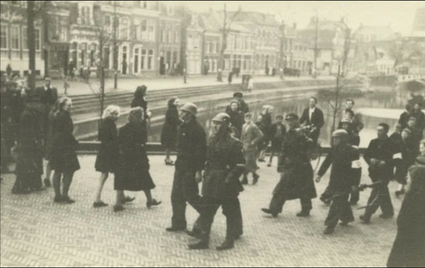 Willemsoord
Willemsoord -
Kloosterkapel Sibrandahûs
Kloosterkapel Sibrandahûs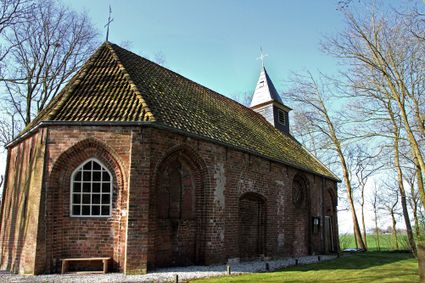 Sibrandahûs
Sibrandahûs -
Vissershuisje aan de waddenzee
Vissershuisje aan de waddenzee Paesens
Paesens -
Kerk Lioessens
Kerk Lioessens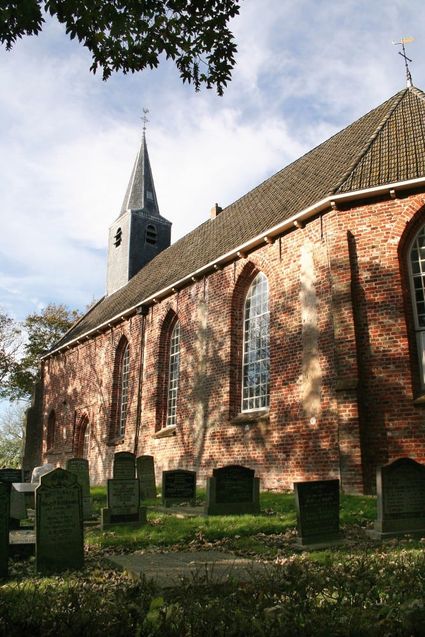 Lioessens
Lioessens -
Waddenpavilion De Voormalige Noorman
Waddenpavilion De Voormalige Noorman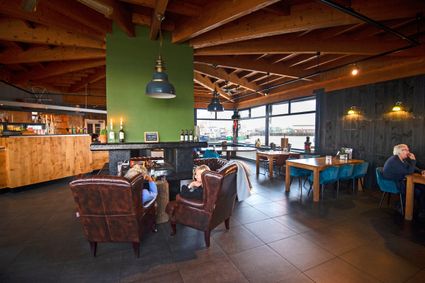 Lauwersoog
Lauwersoog -
Alde Feanen - Westersanning - Vogelkijkhut
Alde Feanen - Westersanning - Vogelkijkhut Oudega Gem Smallingerlnd
Oudega Gem Smallingerlnd -
Hilaard - Vogelkijkhut De Strânljip
Hilaard - Vogelkijkhut De Strânljip Hilaard
Hilaard -
Bootverhuur Hollema
Bootverhuur Hollema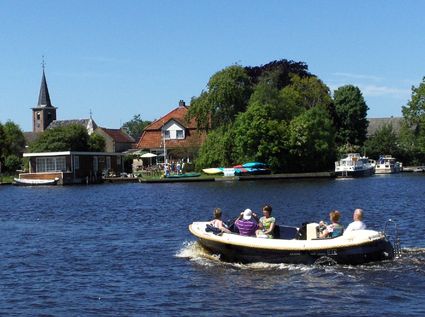 Earnewâld
Earnewâld -
Stadswandeling Dokkum
Stadswandeling Dokkum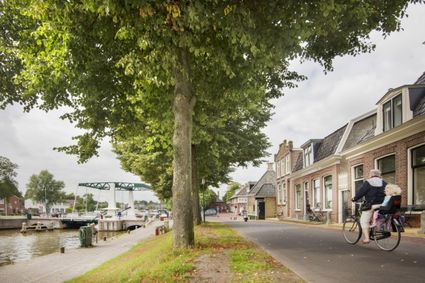 Dokkum
Dokkum -
Booking Dokkum
Booking Dokkum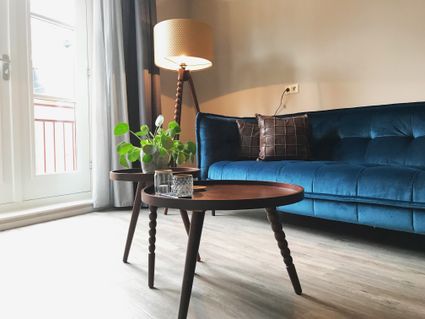 Dokkum
Dokkum -
De Waard van Napels
De Waard van Napels Dokkum
Dokkum -
Suwâld
Suwâld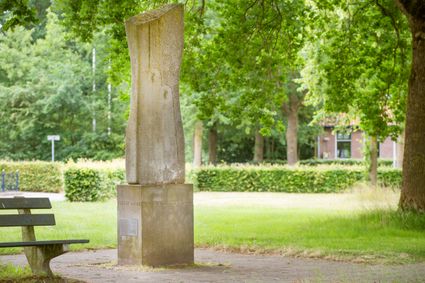 Suwâld
Suwâld -
Natuurlijk Kollumeroord Groepsaccommodatie 't Rif
Natuurlijk Kollumeroord Groepsaccommodatie 't Rif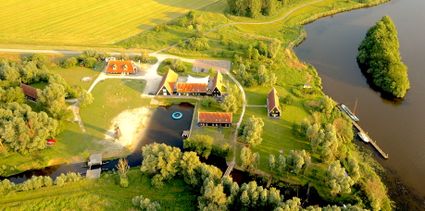 Kollumerpomp
Kollumerpomp -
Uitwellingerga - Uitkijkplateau Bloksloot
Uitwellingerga - Uitkijkplateau Bloksloot Broek
Broek -
Landal Natuurdorp Suyderoogh
Landal Natuurdorp Suyderoogh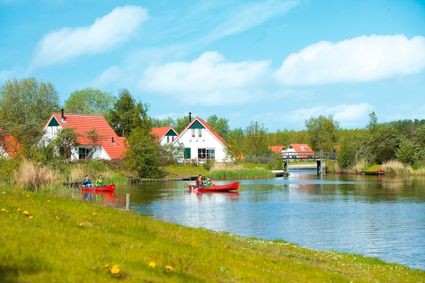 Lauwersoog
Lauwersoog -
Zwarte Haan - Vogelkijkpunt
Zwarte Haan - Vogelkijkpunt Sint Jacobiparochie
Sint Jacobiparochie -
it Dreamlân holiday home
it Dreamlân holiday home Kollumerpomp
Kollumerpomp -
Kunstwerk Britsum | Hendrik Elings
Kunstwerk Britsum | Hendrik Elings
Een kunstwerk van Hendrik Elings. Dit schilderij laat de ijsbaan van Britsum zien en is uit een reeks van kunstwerken die bij de ijsbanen van de Ijsbaankunstroute door heel Fryslân staan.
 Britsum
Britsum -
Vlieland - Bomenland - Uitzichtplateau
Vlieland - Bomenland - Uitzichtplateau Oost-Vlieland
Oost-Vlieland -
Biologisch fruitbedrijf Lauwershof
Biologisch fruitbedrijf Lauwershof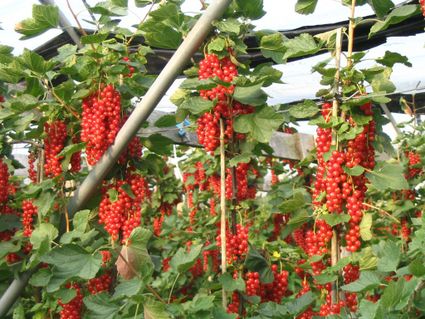 Engwierum
Engwierum -
Boer & Breakfast & Geitenboerderij De Sweach
Boer & Breakfast & Geitenboerderij De Sweach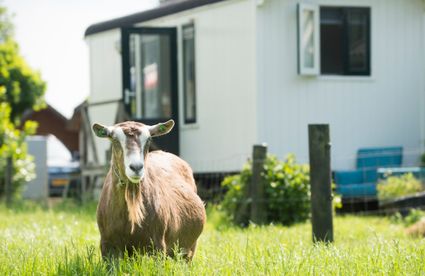 Kollumerzwaag
Kollumerzwaag


